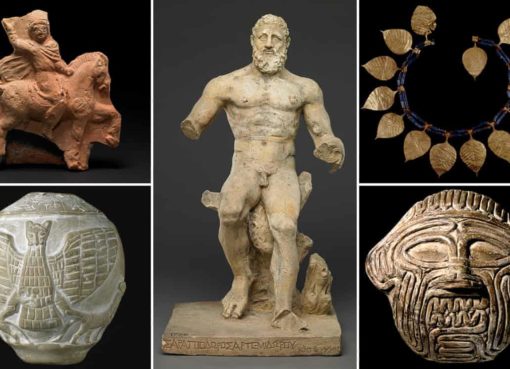If Baghdad today is a byword for inner-city decay and violence on an unspeakable scale, its foundation 1,250 years ago was a glorious milestone in the history of urban design. More than that, it was a landmark for civilisation, the birth of a city that would quickly become the cultural lodestar of the world.
Contrary to popular belief, Baghdad is old but not ancient. Founded in AD762 by the Abbasid caliph al-Mansur “The Victorious” as the new seat of his Islamic empire, in Mesopotamian terms it is more arriviste than grande dame – an upstart compared to Nineveh, Ur and Babylon (seventh, fourth and third millennium BC respectively).
Baghdad is a mere baby, too, when compared with Uruk, another ancient Mesopotamian urban settlement, which lays claim to being one of the world’s earliest cities and which was, sometime around 3,200BC, the largest urban centre on earth with a population estimated at up to 80,000. Some think the Arabic title for Babylonia, al-Iraq, is derived from its name.
We know a huge amount about the city’s meticulous and inspired planning thanks to detailed records of its construction. We are told, for instance, that when Mansur was hunting for his new capital, sailing up and down the Tigris to find a suitable site, he was initially advised of the favourable location and climate by a community of Nestorian monks who long predated Muslims in the area.
To continue reading please dowonload PDF file








Comment here